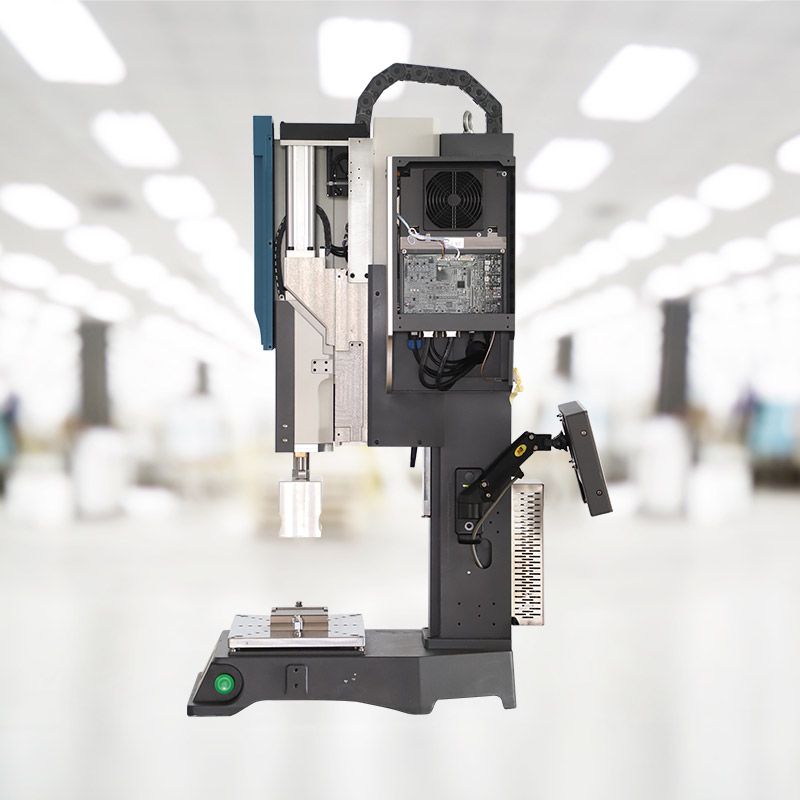Servo Ultrasonic Welding: Components, Benefits, & Applications

In the manufacturing industry, when working with plastic parts, it is always necessary to get strong and clean welds. That's why servo ultrasonic welding machines at Dizo are specifically designed to weld materials together by using advanced ultrasonic plastic welding technology.
These welding machines use ultrasonic sound waves and servo motors, which work together to improve the overall plastic ultrasonic welding process.
Servo ultrasonic welding machines are becoming go-to solutions for industries like automotive, medical device manufacturing, and electronics. Let's learn more about servo ultrasonic welders.

Table of Contents
What is a Servo Ultrasonic Welding Machine?
Key Components of Servo Ultrasonic Welding Machines
What are the Benefits of Servo Ultrasonic Welding Machines?
Applications of Servo Ultrasonic Welding Machines
Comparison: Servo Ultrasonic Welding vs Traditional Ultrasonic Welding
Choosing the Right Servo Ultrasonic Welding Machine
Why Choose Dizo Global's Servo Ultrasonic Welding Machines?
How to Maintain and Optimize Servo Ultrasonic Welding Machines?
Final Thoughts
FAQs
What is a Servo Ultrasonic Welding Machine?
What is ultrasonic welding? Ultrasonic plastic welding is a procedure that uses high-frequency sound waves to join materials. These materials are typically plastics or metals. A servo ultrasonic welding machine takes the ultrasonic welding process a step further by using servo motors to control the movement of the ultrasonic welding plastic parts.
These motors allow for precise control over the pressure and speed of the servo ultrasonic welding, making the plastic ultrasonic welding process faster and more accurate. <Also learn what is Servo Heat Staking>

Key Components of Servo Ultrasonic Welding Machines
A servo ultrasonic welding machine has a few important parts that work together to create impeccable welds:
- Transducers: These ultrasonic welding plastic parts convert electrical energy into ultrasonic sound waves.
- Converters: Converters then turn the sound waves into mechanical vibrations that are used to melt materials.
- Boosters: These parts amplify the vibrations, making them stronger and more effective.
- Servo Motors: Servo motors control the movement of the ultrasonic welding components, which allow for precise adjustments and better performance.
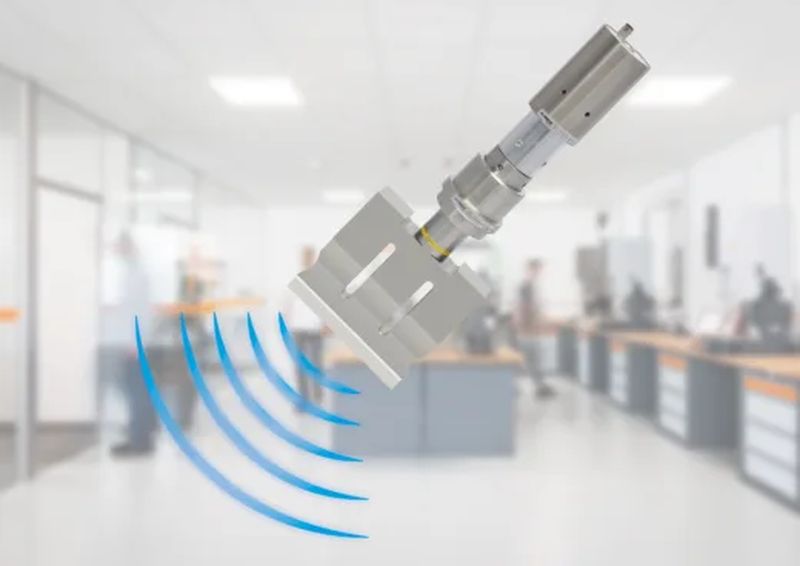
What are the Benefits of Servo Ultrasonic Welding Machines?
The unique features of the servo ultrasonic welding equipment make it one of the best welding machines out there. Some benefits of this welder are the following:
1. Precise and Clean Welds
Servo motors provide accurate control over the ultrasonic welding process. The motors ensure that the right amount of pressure and speed is applied at the right time, which results in precise and clean welds.
2. High Speed
Because servo motors allow faster and more controlled movements, the plastic ultrasonic welding process is quicker, which leads to shorter cycle times. This means more products can be made in less time, which improves overall productivity.
3. Energy Efficiency
Servo motors use energy, which is required to fulfill each task. This makes them more energy-efficient compared to traditional motors, which use more energy than needed. This feature leads to low electricity costs.

4. Enhanced Weld Quality
With the precision of the servo motors, the quality of the welds is consistent and accurate. This leads to the production of a strong bond between materials without any flaws, improving the overall quality of the finished product.
5. Reduced Maintenance Costs
Servo-driven ultrasonic welding systems are generally more reliable and durable than older systems, which means they break down less often. And it leads to fewer repairs and less maintenance, saving money over time.
Applications of Servo Ultrasonic Welding Machines
Servo ultrasonic welding machines are used across those industries where clean, precise, and reliable welding is essential. Thanks to their high level of control and accuracy, these machines are perfect for joining delicate or complex ultrasonic welding components.
Here are some industries where servo ultrasonic welding machines are used:
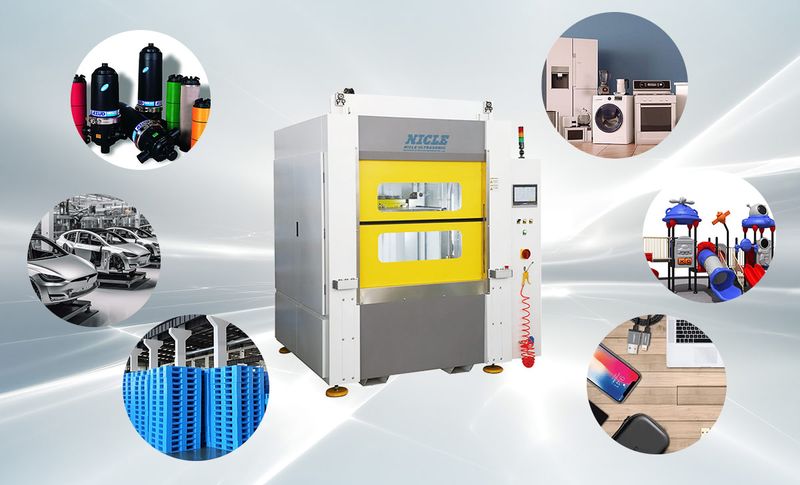
1. Automotive Industry
In the automotive sector, servo ultrasonic welding is used to join plastic parts like dashboards, door panels, and lighting components.
It's also used for welding sensors and even airbag components, especially for those areas where safety and accuracy are extremely important.
2. Electronics Manufacturing
Electronics need small and detailed welding, especially in smartphones, tablets, and circuit boards.
Servo ultrasonic welding is ideal for micro-welding because it provides full control without damaging sensitive parts.
3. Medical Device Manufacturing
Medical devices, such as IV catheters, filters, and diagnostic tools, require clean and accurate welds.
Servo ultrasonic welding makes sure that these devices are bonded properly without contamination, which is necessary for patient safety and product reliability.
4. Packaging Industry
In packaging, servo ultrasonic welding is used to seal items quickly and cleanly. It's often found in food, pharma, and cosmetic packaging lines where strong, airtight seals are needed without damaging the product inside.
Comparison: Servo Ultrasonic Welding vs Traditional Ultrasonic Welding
When it comes to ultrasonic welding, not all machines are created equal. Servo ultrasonic welding machines offer modern, advanced features that outperform traditional models in many ways.
Understanding the differences can help you choose the right system for your needs.
1. Performance Differences
Servo-driven welding machines offer higher precision, faster cycle times, and better weld quality. Moreover, servo systems also allow right adjustments in speed, pressure, and positioning, which leads to more reliable and repeatable results.
On the other hand, Traditional machines use pneumatic systems, which are less consistent and harder to control.
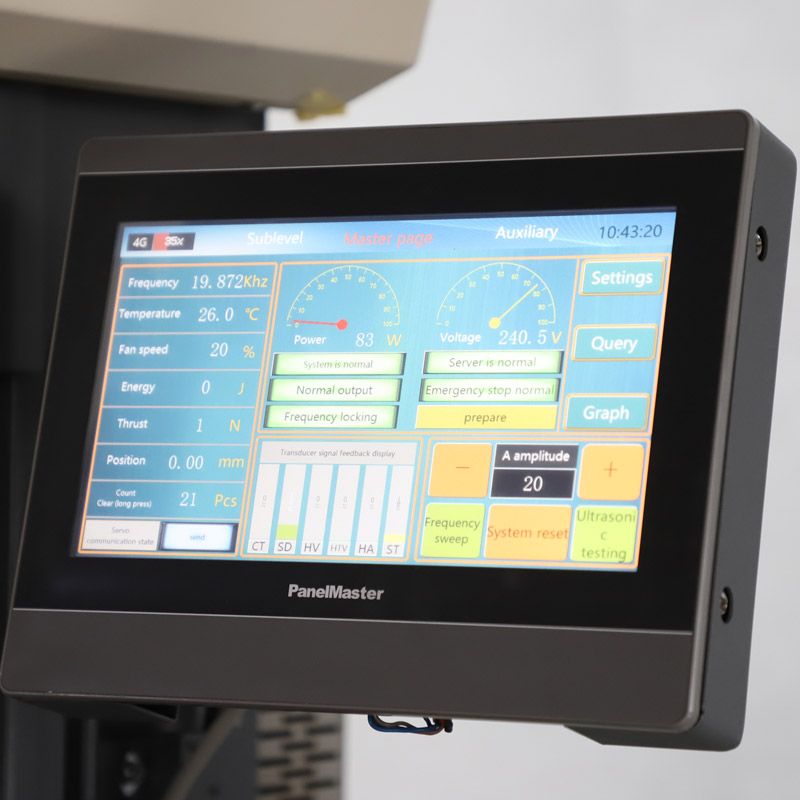
2. Cost Efficiency
While servo ultrasonic welders typically have a higher upfront cost, they save money over time.
Unlike traditional manual ultrasonic welding, servo ultrasonic welding consumes less energy and requires less maintenance, all thanks to its fewer moving parts and greater reliability. This leads to lower operating costs and longer machine life.
Choosing the Right Servo Ultrasonic Welding Machine
The selection of the right servo ultrasonic welding machine depends on specific application and production needs. From small-scale electronics to large automotive parts, different models offer different capabilities.
Some key things to consider when choosing the servo ultrasonic welding machine are the following:
- Machine Size: Choose a size that fits your workspace and product requirements.
- Power Output: Match the power to the materials and thickness you'll be welding.
- Automation Features: Consider whether you need automation options like programmable settings, touchscreen controls, or robotic integration.
Why Choose Dizo Global's Servo Ultrasonic Welding Machines?
In modern manufacturing, Dizo Global's Servo ultrasonic welding machines are outperforming because of their cutting-edge precision and automation-ready design. Some of the prominent features of our machines are the following:
- With high-precision servo motor control, our machines maintain an exceptional height error tolerance of just 05mm. This type of accuracy leads to the production of quality welds with zero flaws.
- Our servo ultrasonic welding machines are adaptable to different materials and welding requirements because of their multi-mode control system.
- The precisely engîineered linear guide rail system in our machines provides 02mm repeatability accuracy. This feature lowers the chances of material waste and rework.
- Equipped with an RS-485 communication interface, our welding machines easily connect with automation systems and AI-driven platforms, which makes them a perfect fit for Industry 4.0 smart factories.
By choosing Dizo Global servo ultrasonic welding machines, you will invest in getting high-quality, faster production, and long-term cost savings.
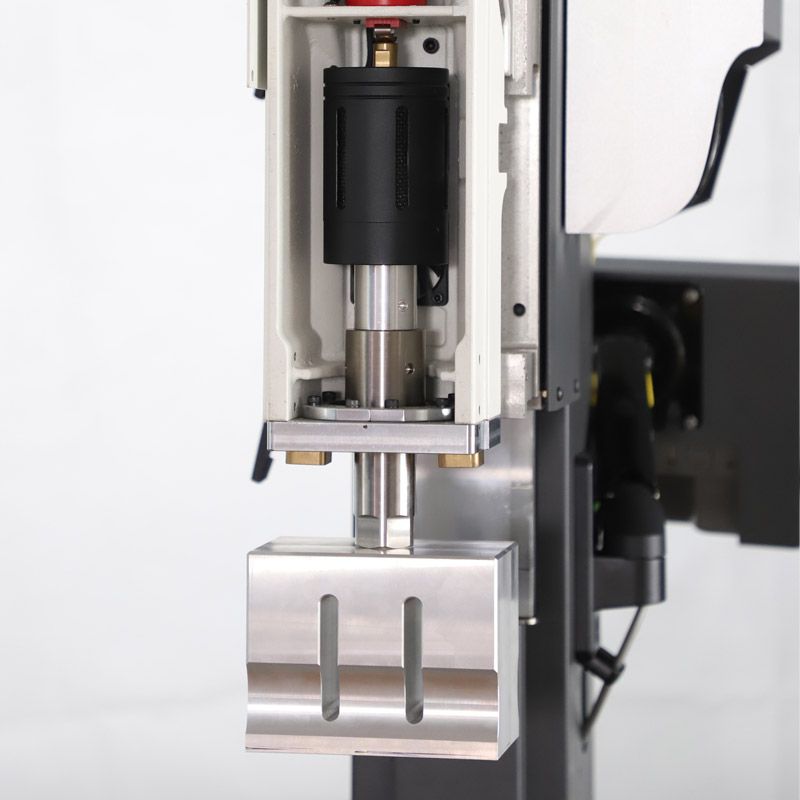
How to Maintain and Optimize Servo Ultrasonic Welding Machines?
To keep your servo ultrasonic welding machine running smoothly and efficiently, regular maintenance is essential. Proper care not only extends the life of the machine but also makes sure you get consistent welding quality over time.
Regular Maintenance Tipis:
- Clean Components: Regularly clean the horn, booster, and other contact parts.
- Check Alignments: Ensure the tooling is aligned properly to prevent uneven welds.
- Lubricate Moving Parts: While servo motors require less maintenance, some parts may still need occasional lubrication.
- Update Software: If the machine has programmable settings, keep the software up to date.
Some common problems can also happen during the operation of this machine. You can face challenges like inconsistent welds, overheating, or vibration issues. To fix these problems:
- Check the settings for pressure and amplitude.
- Inspecting parts for wear or misalignment.
- Consult the manual or technical support for more complex errors.
With the right care, your servo ultrasonic welding machine can deliver high performance for years to come.
Final Thoughts
Servo ultrasonic welding machines prove as a major advancement in precision manufacturing. These servo ultrasonic welders are becoming essential in industries such as automotive, electronics, medical devices, and packaging because they can deliver faster cycle times, greater energy efficiency, and consistently high-quality welds.
Servo ultrasonic welding machines, especially from trusted providers like Dizo Global, can take the production capabilities of industries to the next level.
FAQs
1. What materials can be welded using a Servo Ultrasonic Welding Machine?
Mainly, Servo ultrasonic welding machines can work with thermoplastics like ABS, Polypropylene, Polycarbonate, Acrylic, and Nylon. It can also be used in some non-ferrous metal applications, like copper and aluminum foils in the battery and electronics industries.
2. What is the main problem in ultrasonic welding?
The main problem of ultrasonic welding is that it doesn't work well with thick or hard materials. It is best for thin plastics or metals.
3. How expensive is ultrasonic welding?
- Basic ultrasonic welding machines start around $10,000–$20,000.
- Depending on features and automation, servo-controlled or advanced models can cost $ 50,000 or more.
While the upfront cost is high, many companies see long-term savings through efficiency and low maintenance.
4. What is a major hazard in ultrasonic welding?
The biggest safety hazard is exposure to high-frequency sound waves, which are usually beyond human hearing but can still cause hearing damage or fatigue over time if proper protection isn't used.
Additionally, burns or injuries can occur if the machine is operated carelessly.


